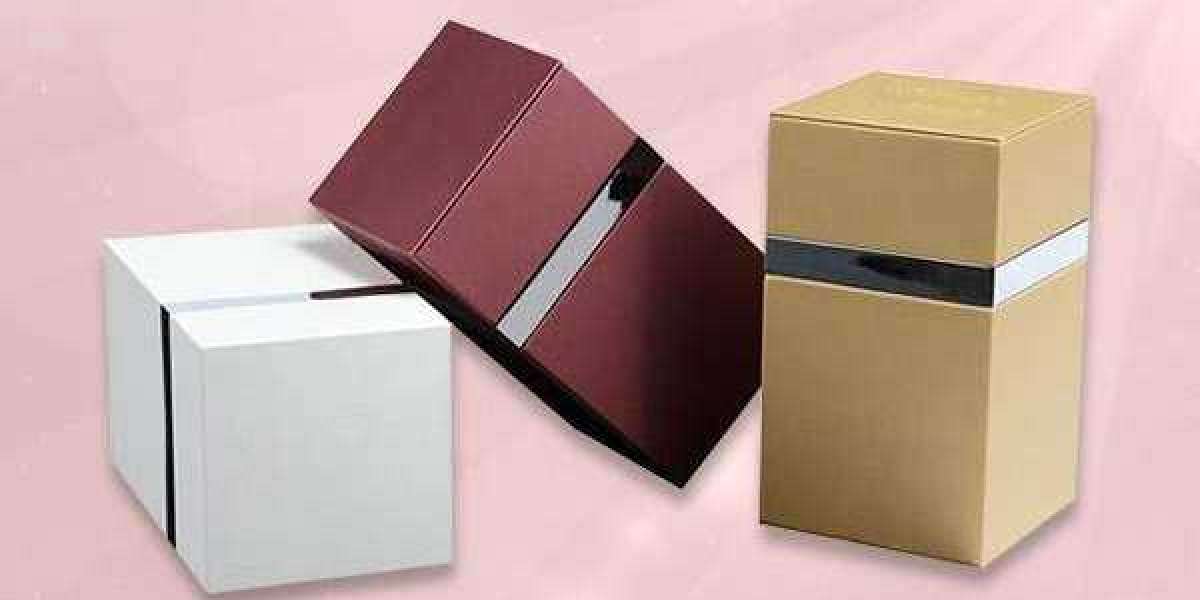Custom hat patches have emerged as a cost-effective and versatile method for branding uniforms, personalizing apparel, and adding a unique touch to accessories. These patches not only serve as a visual representation of your company or organization but also contribute to an elevated sense of professionalism, making them ideal for various applications, from corporate branding to special events.
Styles of Custom Hat Patches
Custom hat patches come in a diverse array of styles, each with its unique characteristics, making it crucial to understand the distinctions for informed decision-making. Here are some popular styles:
1. Embroidered Patches
Embroidered patches provide a classic, sophisticated look reminiscent of direct embroidery. They are crafted with high-quality, colorfast polyester threads and durable fabrics designed to withstand industrial washes. Ideal for garments, bags, and hats, embroidered patches offer both standard sizes and custom die-cut shapes. When designing embroidered patches, it is advisable to keep the design simple. Small text and intricate details may get lost in the stitching, while gradients and photorealistic images can be challenging to reproduce.
2. 3D Embroidered Patches
Adding an extra dimension to traditional embroidery, 3D embroidered patches incorporate a layer of EVA foam under certain areas of stitching, giving them a raised, three-dimensional appearance. This style has gained popularity, particularly in athletic apparel and team hats. When opting for 3D embroidered patches, selecting prominent elements in your logo for the raised embroidery emphasizes contrast and enhances the overall design.
3. Sublimated Patches
Sublimation is a digital printing technique that starts with white material and permanently dyes it, offering a full-color palette and high-detail reproduction. Sublimated patches are excellent for accurately replicating photorealistic images, logos, gradients, and subtle blends. These patches find applications in staff uniforms and other contexts where detailed imagery is essential. To ensure visibility from a distance, it is advisable to keep the design simple, taking into account the subtle texture of the printed fabric.
4. Print Stitch Patches
Combining elements of both embroidery and sublimation, print stitch patches feature a background printed with a full-color photographic image, followed by embroidery stitching. This method provides a textured, dimensional look that is suitable for a wide range of applications. To achieve the best results with print stitch patches, consider selecting a simple central element or text for embroidery and reserving more intricate details for sublimation.
5. Rubber Patches
Also known as PV+ patches, rubber patches represent the latest trend in custom emblems. These patches boast a uniquely flexible, smooth surface and a three-dimensional look, making them stand out on garments such as jackets, hats, and bags. However, they are less suitable for lighter fabrics due to their weight. When working with rubber patches, it is essential to consider the fabric type and structure of the garment to ensure optimal results.
6. Leather Patches: Genuine and Faux
For a classic, rugged, or rustic look, leather patches in both genuine and faux materials are an excellent choice. Laser-engraved to create a distinctive, monochromatic appearance, these patches match almost any style. When working with leather or faux leather patches, it’s important to note that the design file needs to be in black and white, as a full-color palette cannot be utilized. Additionally, faux leather patches can be washed, while genuine leather patches cannot.
7. FlexStyle Patches
The newest addition to the patch styles, FlexStyle patches, are soft, flexible, and offer various textures, providing a dramatic and attention-grabbing finish. With four styles to choose from – domed, beveled, flat, and textured – these patches can be applied not only to garments but also to flat surfaces of various types. When considering FlexStyle patches, the design should be selected based on the specific style. For instance, the beveled style is suitable for angular designs, while the domed style is better for designs with soft edges.
Conclusion
Until recently, the use of patches was often associated with higher costs and larger minimum order quantities. However, thanks to advancements in production techniques, the landscape has evolved, making custom hat patches more affordable and accessible than ever before. In this article, we told you about the various styles of custom hat patches available, design considerations for each, placement recommendations, and the two primary methods of affixing patches.



